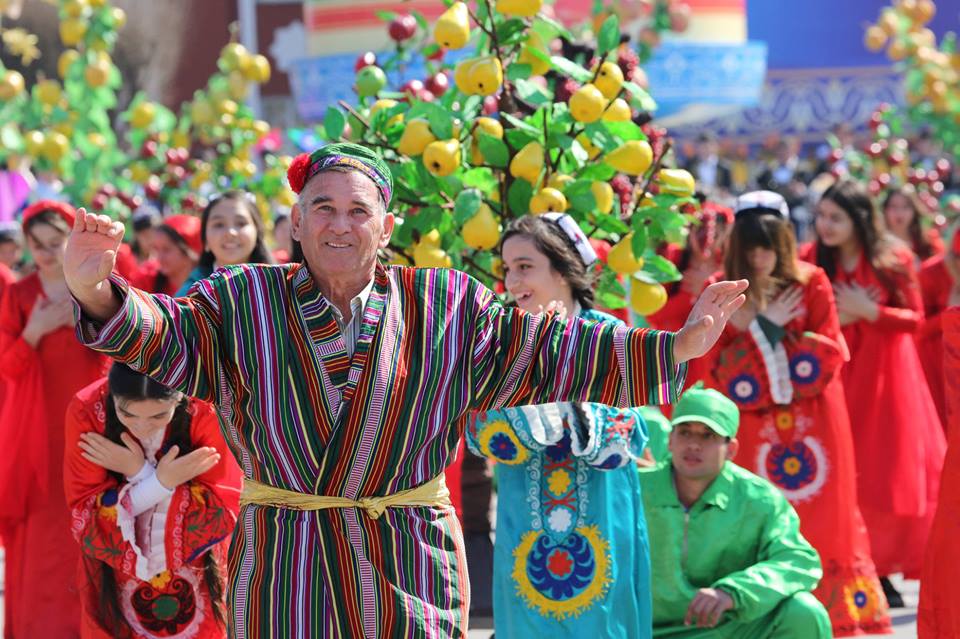Tajikistan plans to revive an ancient festival of Tirgan, Farhod Rahimi, President of the Academy of Sciences of Tajikistan, told reporters in Dushanbe on February 10.
It is to be noted that the head of state recently mentioned about this festival in his speech.
Observed on 13th day of the month of Tir, the festival of Tirgan was to appreciate rain and refers to an arrow that Arash, a heroic archer of Iranian folklore, threw to determine Iran-Turan border on the order of Iranian King Manouchehr. On this day, people enjoy throwing water at each other.
Tirgan is a mid-summer Iranian festival, celebrated annually on Tir 13 (July 2, 3, or 4). It is celebrated by splashing water, dancing, reciting poetry, and serving traditional foods such as spinach soup and sholezard. The custom of tying rainbow-colored bands on wrists, which are worn for ten days and then thrown into a stream, is also a way to rejoice for children.
Tirgan is reportedly still celebrated in various regions of Iran, including Mazandaran, Khorasan, and Arak. It is widely attested by historians such as Gardezi, Biruni, and Masoudi, as well as European travelers during the Safavid era.
The celebration is dedicated to Tishtrya, an archangel who appeared in the sky to generate thunder and lightning for much needed rain.
Legend says that Arash, the best archer in the Iranian army, was chosen to ascend Mount Damavand to shoot an arrow, with the landing location determining the boundary between the lands of Iran and Turan. Arash was to shoot his arrow, on the 13th day of Tir, and where the arrow landed, would lie the border between the two kingdoms. Turan had suffered from the lack of rain, and Iran rejoiced at the settlement of the borders, then rain poured onto the two countries and there was peace between them.
It is stated in Biruni's chronology that “by the order of God, the wind bore the arrow away from the mountains of Ruyan and brought the utmost frontier of Khorasan between Fergana and Tapuria.” Gardizi has given a similar description, although he notes that “the arrow of Arash fell in the area between Fergana and Bactria.”







